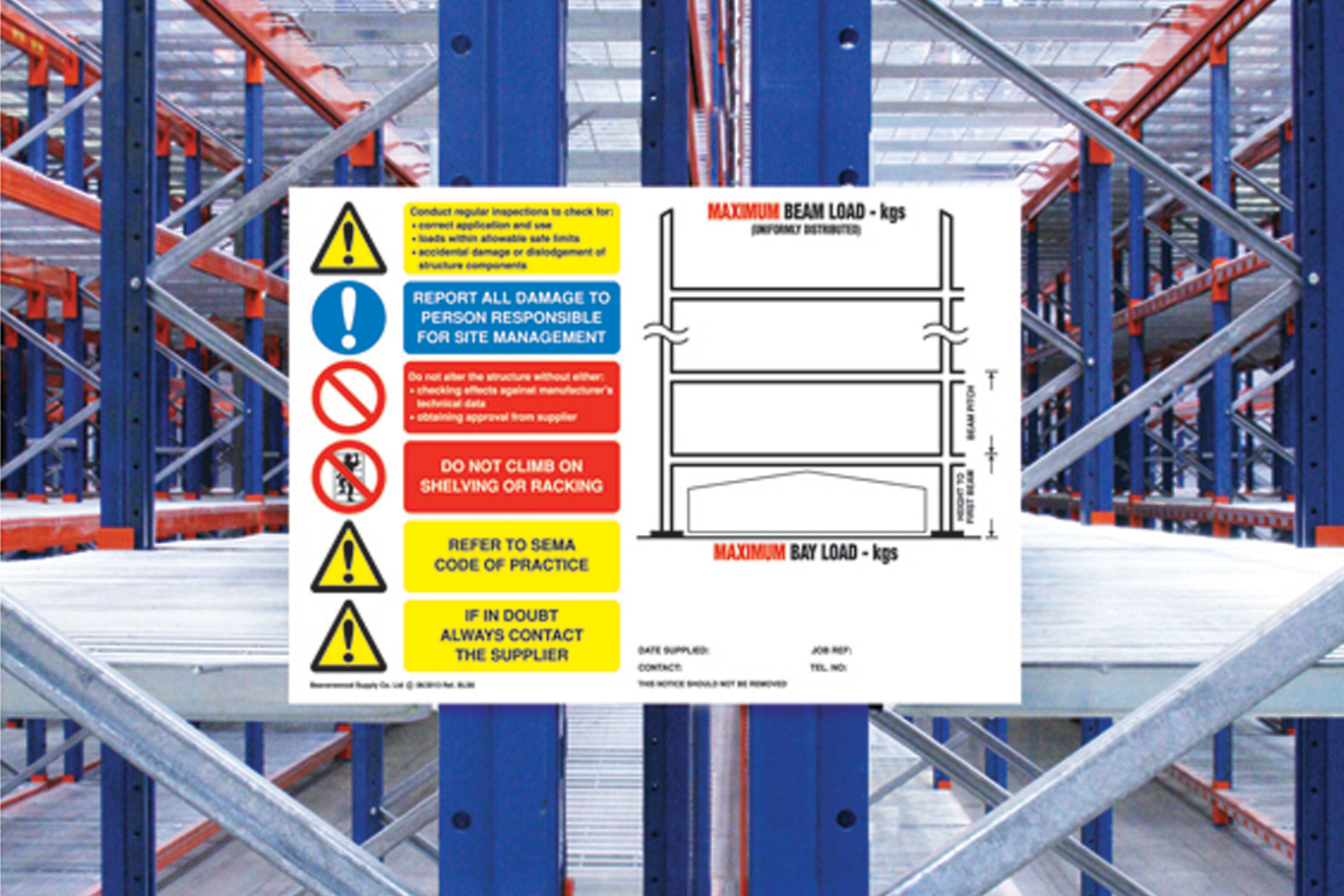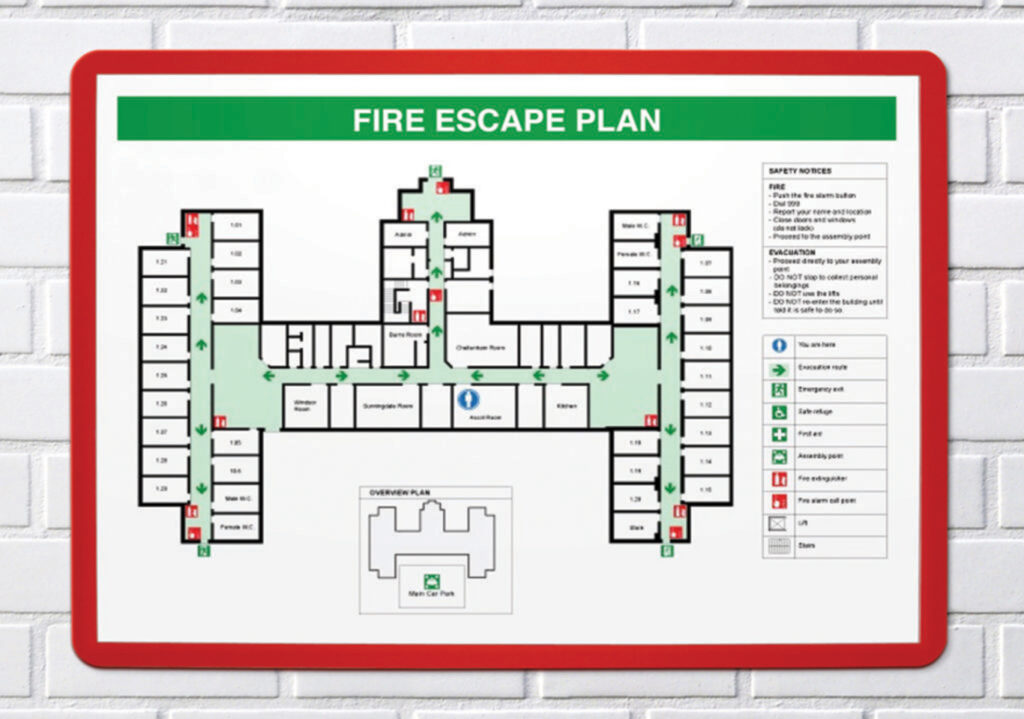Safety is always paramount when it comes to workplace operations. So, the adoption of a common-sense approach to using safety signs goes a long way to protecting people.
It almost goes without saying that keeping people safe is the most important consideration in the workplace. However, it’s surprising just how many accidents still occur – a glance at HSE stats reveals that slips, trips and falls (on the same level) account for around 29% of workplace injuries, while there were 40 deaths caused by falls from height in 2018/19 alone.
Safety in the workplace
Any workplace death or injury is unacceptable. And so, the message is clear: no-one can afford to be complacent when it comes to safety in the workplace. It remains a primary issue. But where do we start when working towards a smarter, safer environment?
Making critical decisions about why we need safety signs for the workplace should never be an automated process.
The adoption of a common-sense approach must be a good start point in reducing accident rates.
In turn, this places the emphasis on investing in effective safety equipment and systems – invaluable assets when integrated into a properly resourced, planned and executed H&S strategy.
Safety signs are there to protect the health and physical wellbeing of others. They’re often considered as among the first line of physical defence in the battle to combat hazardous and dangerous situations. In the UK, employers must endeavour to provide a safe workplace for people and use various strategies and signs to warn them of potential hazards.
In truth, deploying good quality, safety signs are among the most effective ways to tackle injuries. When properly placed throughout the workplace, or at a job site, it’s not too simplistic to state that their contribution to safety is incalculable.
Health and Safety (Safety Signs and Signals) Regulations 1996 offer guidance to employers on when safety signs are required and where they need to be placed.
Signs must be clear and legible and should be used to identify actions that are prohibited (for example, no/restricted access).
If the signage scheme is competent, well thought through and robust, anyone walking into a workplace should be able to see instantly if there is a problem or hazard.
Signs can also be used to provide information about safeguards to be followed (ear protection must be worn in this area, for instance); indicate the presence of hazardous materials, or direct people towards exits and medical equipment in the event of an emergency.
Sign usage
However, that all said, it’s equally important to be aware of using too many signs, which could lead to confusion.
Adopting comparatively simple measures can be relatively inexpensive and effective in raising safety levels. Signs can also be integrated with other technologies such as sensors, CCTV, safety gates, guardrails and associated equipment to augment routing systems that are in place. A combination of clear, unambiguous signs and technology also plays a seminal role in nurturing a safety-first culture when designed and build to operate together.
It’s not always a matter of deciding if your operation needs better safety training or improved safety signage, too. It probably needs both to operate at peak levels but here again adopting a common-sense approach when investing in new equipment can reap rewards in terms of improvements in overall safety, staff satisfaction and productivity.
It’s also important to recognise that each workplace is different with its own unique set of hazards and risks. This must be reflected in any final product solution.
What are your options when it comes workplace safety signs? In the UK, there are four types:
- Prohibition and fire signs
- Mandatory signs
- Caution signs
- Safe condition signs.
Caution signs are generally used to indicate a hazardous situation that, if not avoided, could result in minor or moderate injury, while prohibition signs are deployed, for instance, to clearly communicate/indicate an activity that’s not permitted in the workplace.
Risk Factor
It’s undoubtedly going to be difficult to comprehensively mitigate against dangers in the workplace, but safety signs can help to minimise the risks. However, it’s important to tailor your decision-making to meet your specific needs – the one size fits all approach simply won’t work in an environment where the optimum flow of productivity is paramount. Think about your investment in terms of quality, reliability and performance, and consider also how your supplier can add value in helping you understand the role that signs play in securing a safer tomorrow.





